3 Best National Parks In Ghana for Wildlife, Hiking & More
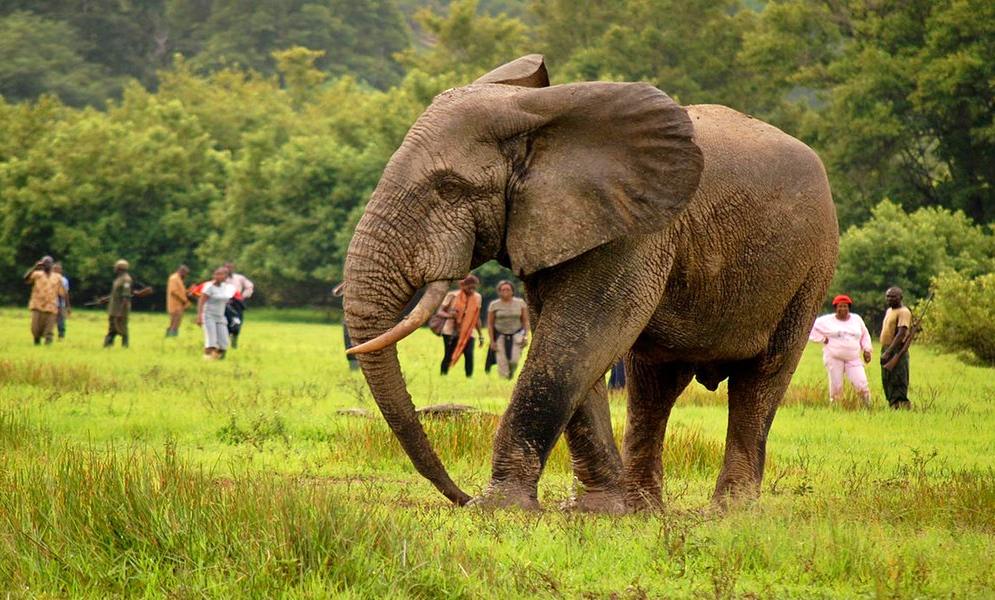
Of all the African nations, Ghana is well known for its cultural offerings and historical sites. Meanwhile, when planning a safari in Africa, many instantly think of South Africa, Kenya and other popular nations. However, Ghana is a worthy country to visit for more than its culture and history. In fact, this West African country has 21 protected areas, including seven national parks, six resource reserves, two wildlife sanctuaries, one strict nature reserve and five coastal wetlands. With such a wealth of nature to explore, the following are the three top national parks to visit in Ghana. These include adventures such as exploring a rainforest canopy, safaris on foot and mountain biking.
1. Explore the rainforest canopy at Kakum National Park
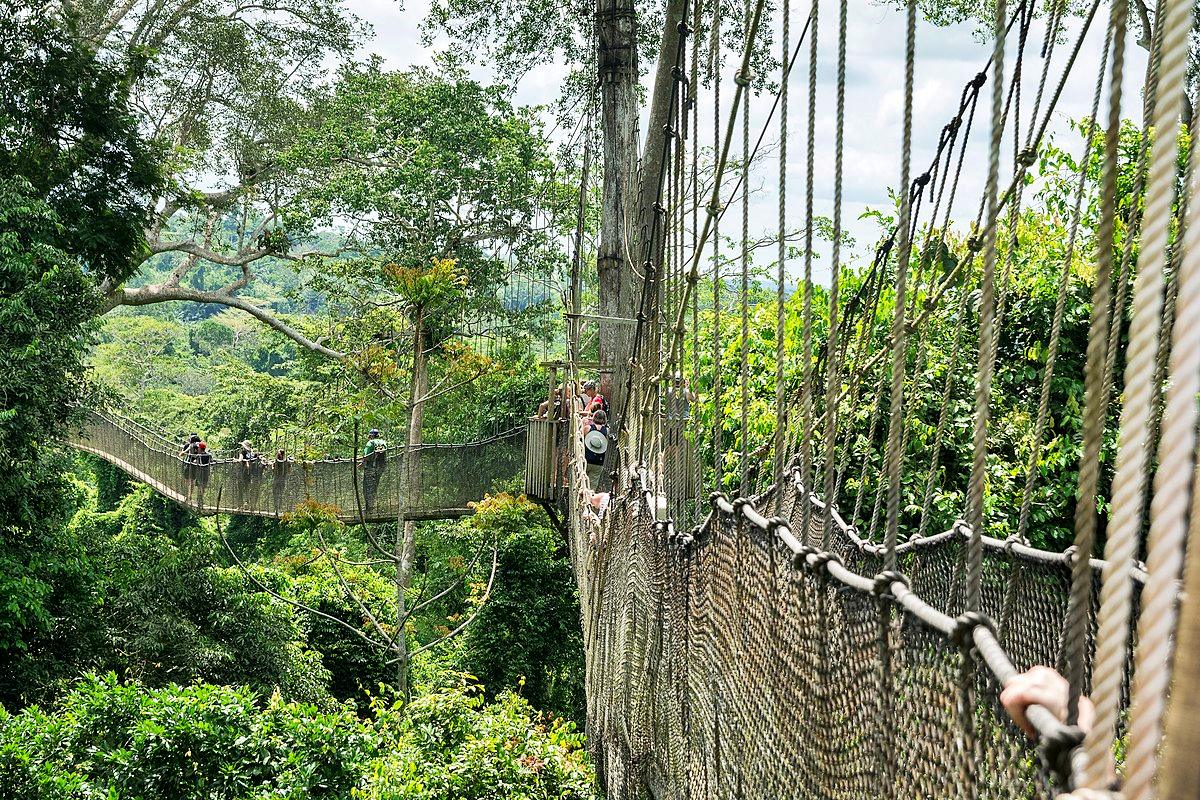
One of Ghana’s most visited destinations is Kakum National Park, home to many species including six types of duiker, spot-nosed monkeys and the densest population of forest elephants. However, most of this wildlife is elusive and able to camouflage itself from people in the greenery of the park’s vast rainforest.
The solution to the problem is the 1,148-foot-long canopy walk through the rainforest at a height of around 130 feet. The series of seven rope bridges wind through Kakum’s rainforest canopy, offering a unique vantage point. Meanwhile, the forest itself features hardwood trees, such as ebony and mahogany, many of which are centuries old and up to 200 feet tall. Moreover, their trunks are covered in flowering orchids and ferns, along with a bevy of wildlife and birds.
Accommodating Kakum also features a rustic treehouse where guests can stay the night amid the sounds of the park’s many animals. Moreover, guided treks, including night hikes are the best way to explore this fascinating forest.
2. Wildlife in Mole National Park
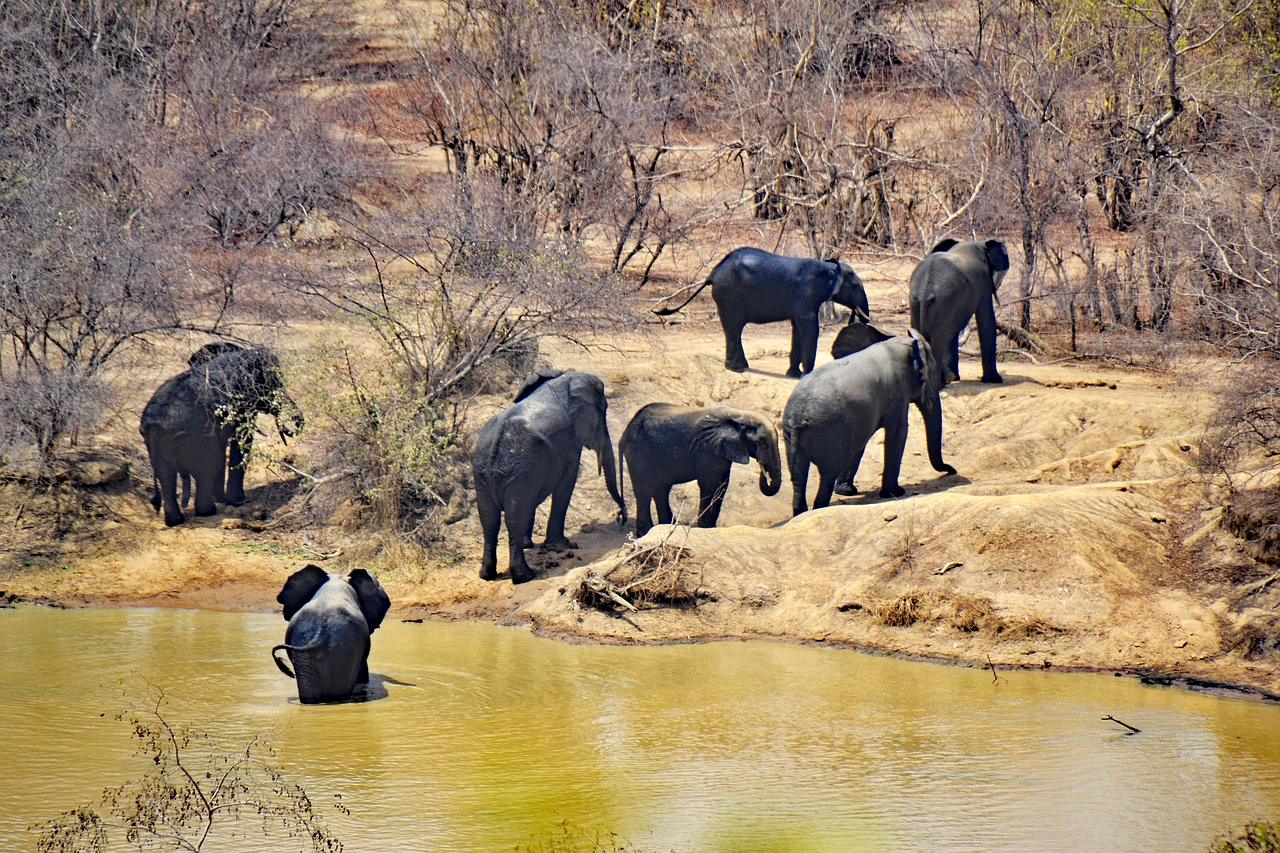
For incredible wildlife watching, Mole National Park is the largest of Ghana’s seven protected areas. Moreover, the park, which covers 1,869 square miles, is also the oldest and was first established in 1958. The park is located in the northwest Savannah region of the country and is easily accessible from Tamale Airport. Meanwhile, it is one of Ghana’s most sought-after destinations for wildlife viewing. Here, green vervet monkeys and baboons live happily in the park’s open grasslands, while relaxing in the shade of the wild syringe trees, the baobab trees and flowering acacia trees.
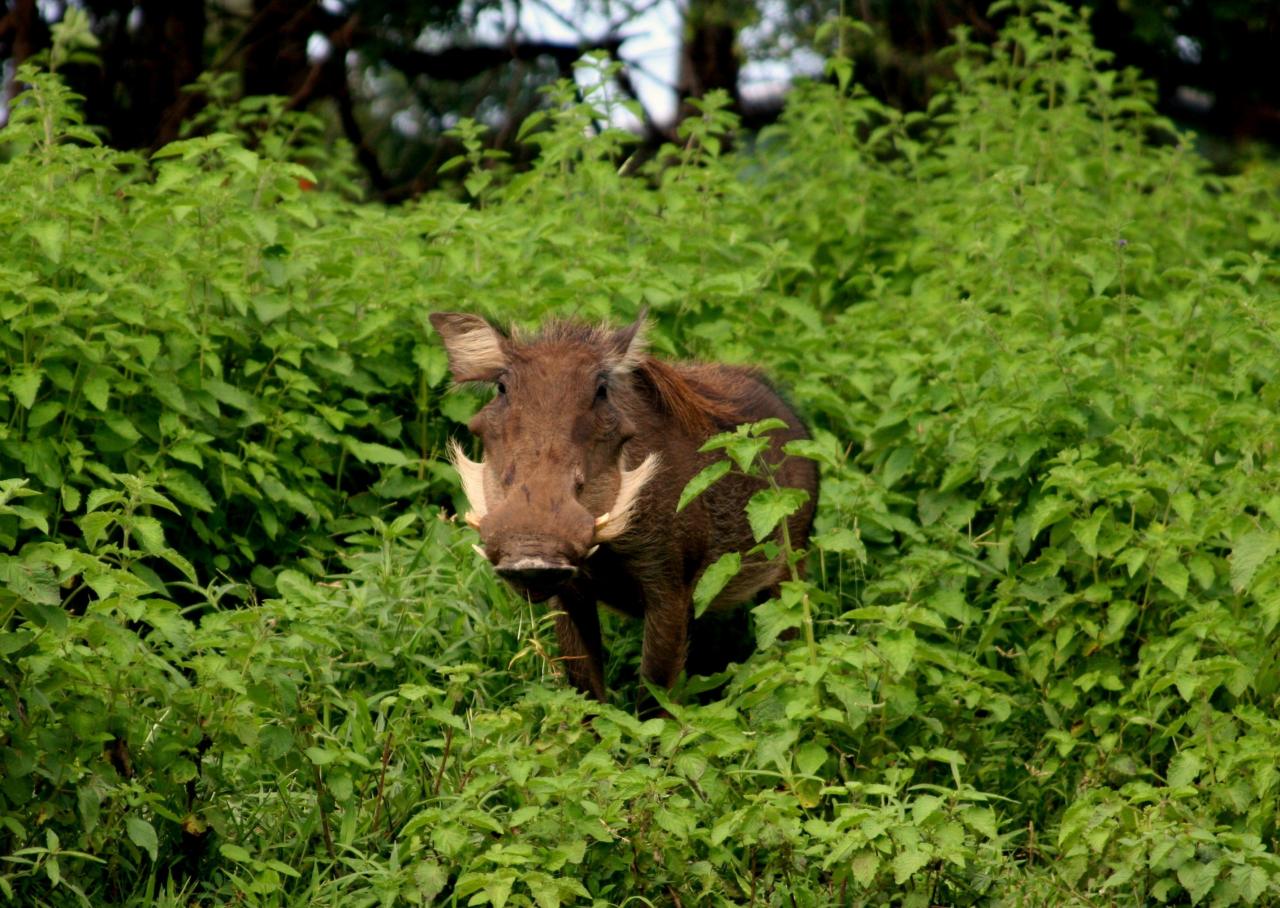
Meanwhile, warthogs and hippos are spotted here as well as around 5900 forest elephants who gather at the crocodile-filled water holes. Of interest to note, forest elephants are smaller than the average pachyderm and are known to be non-aggressive. This means that walking safaris, led by certified guides, are encouraged in the park. Moreover, game drives or a combination of jeep and walking safaris are the best way to experience Mole National Park.
3. Go hiking & biking in Kyabobo National Park, Ghana
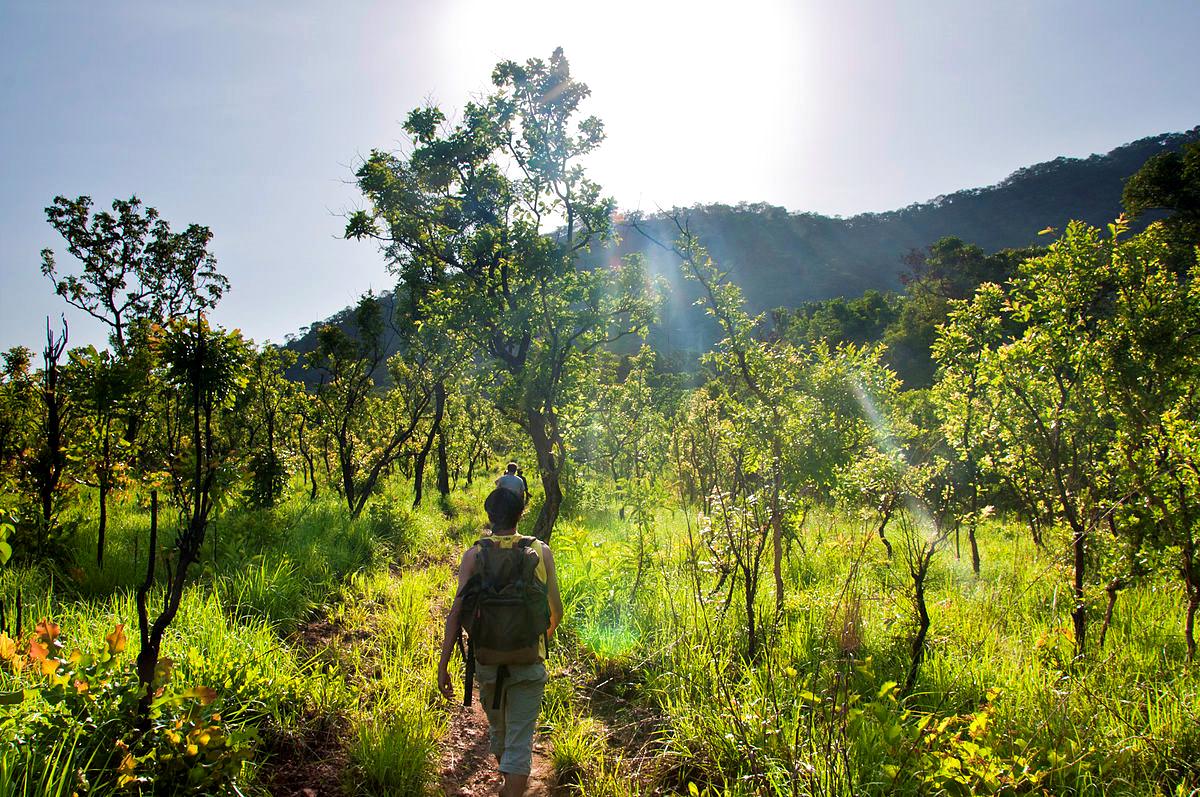
Kyabobo National Park isn’t the easiest to reach and is thus an under-visited park in Ghana. However, the park is well worth the effort of getting to, and the remoteness tends to make it even more alluring.
Covering 85 square miles, Kyabobo hosts Ghana’s second-tallest mountain, the 2,874 Mount Dzebobo. Meanwhile, a climb to the summit offers amazing panoramic views over Volta Lake. In fact, around half of the national park is mountainous, which is unusual for the African nation. While hiking the high vantage points, visitors can see the transition from the tropical rainforest in the south of the park, to the open savanna in the north.
Among the wildlife, it is possible to spot hundreds of butterfly species, along with aardvark, baboon, warthog, red river hogs and rock hyrax. Meanwhile, the park is also a great location for trekking and mountain biking. In fact, it is possible to rent out mountain bikes in the park’s office in Nkwanta, which are perfect for the rugged terrain. Moreover, the seven hiking trails include a five-hour trek up to a 197-foot waterfall, along with another trail that ends at a remote “hanging village” nestled in the mountains.
Find out more about the fascinating national parks of Ghana on the official website here
